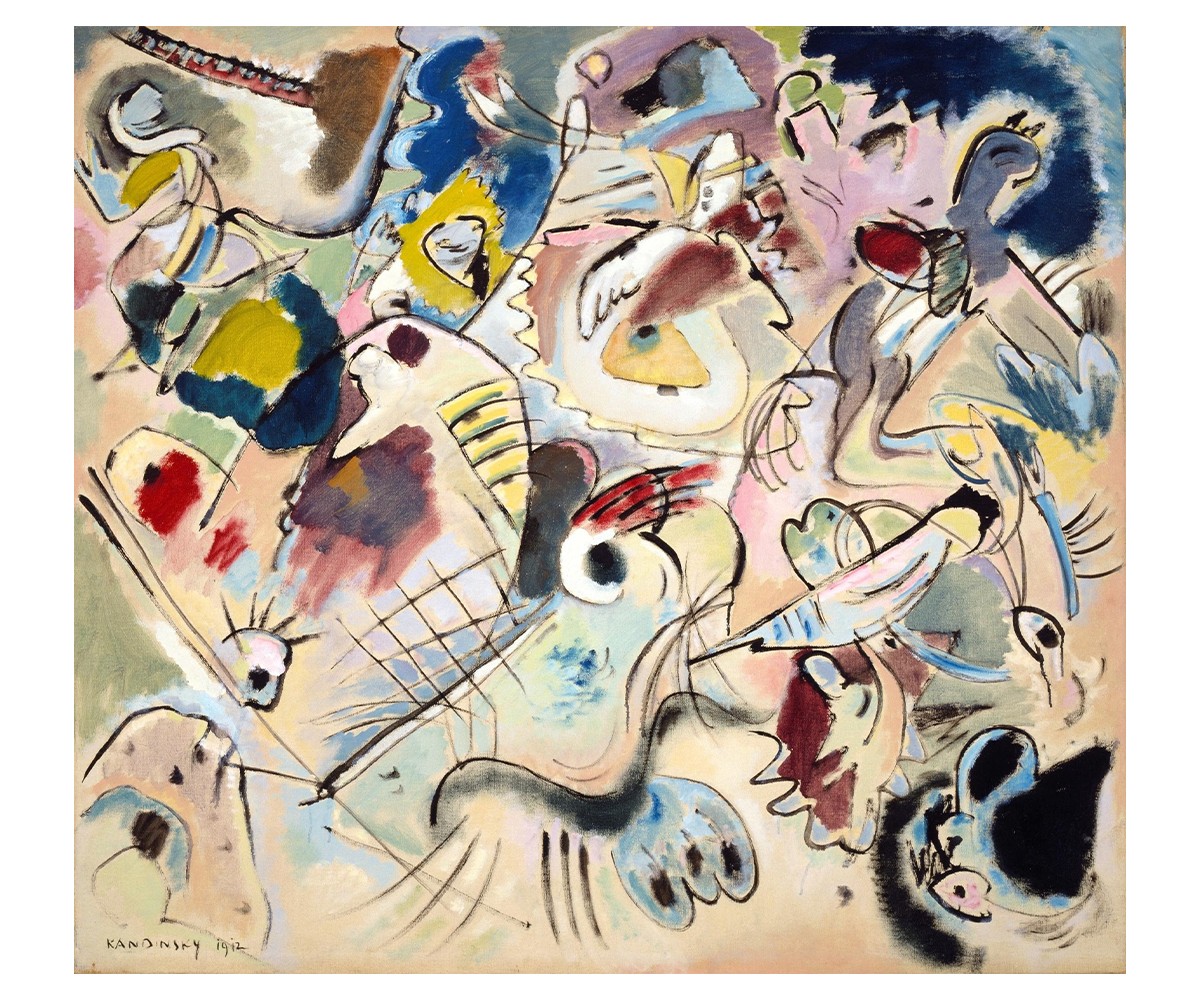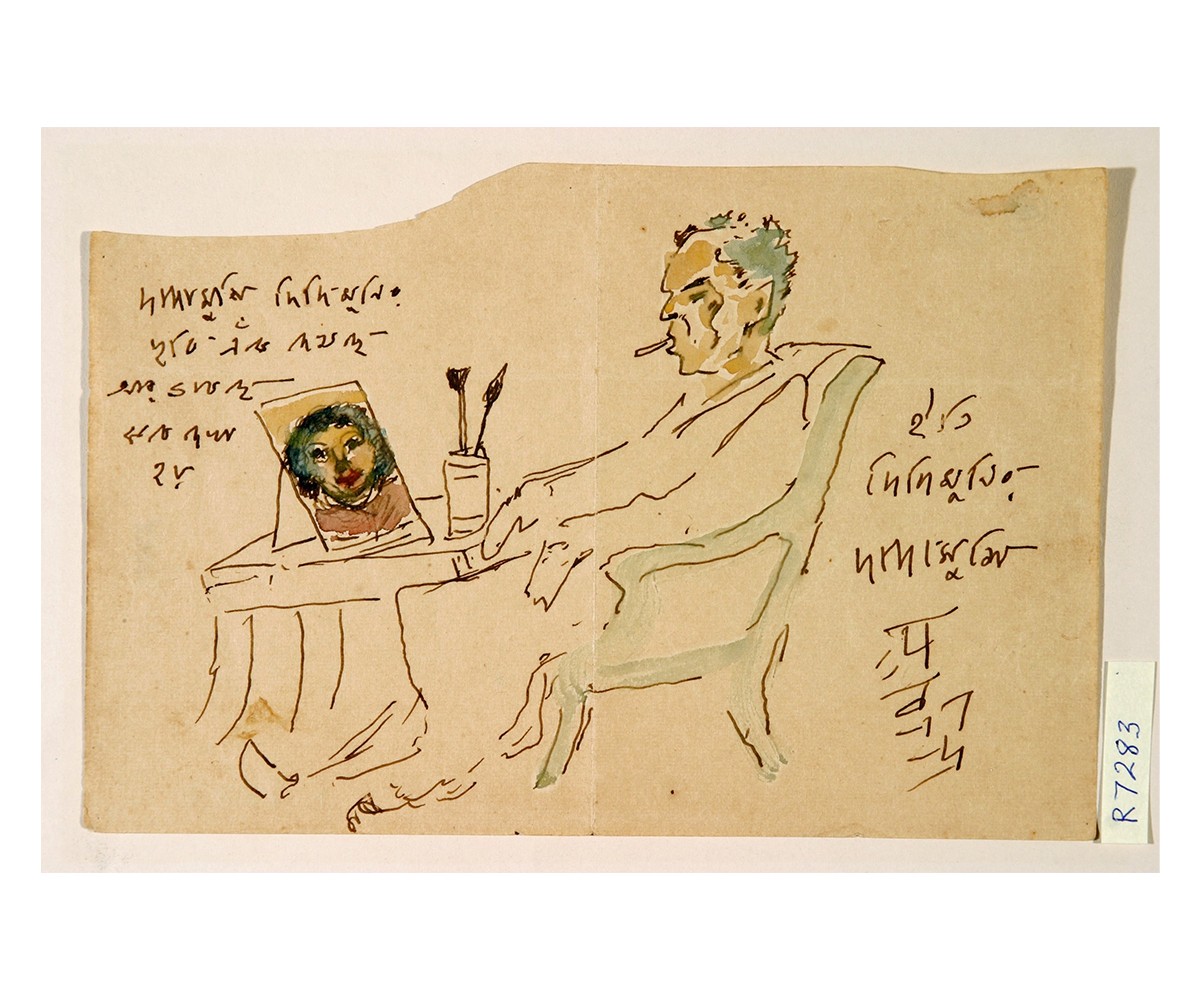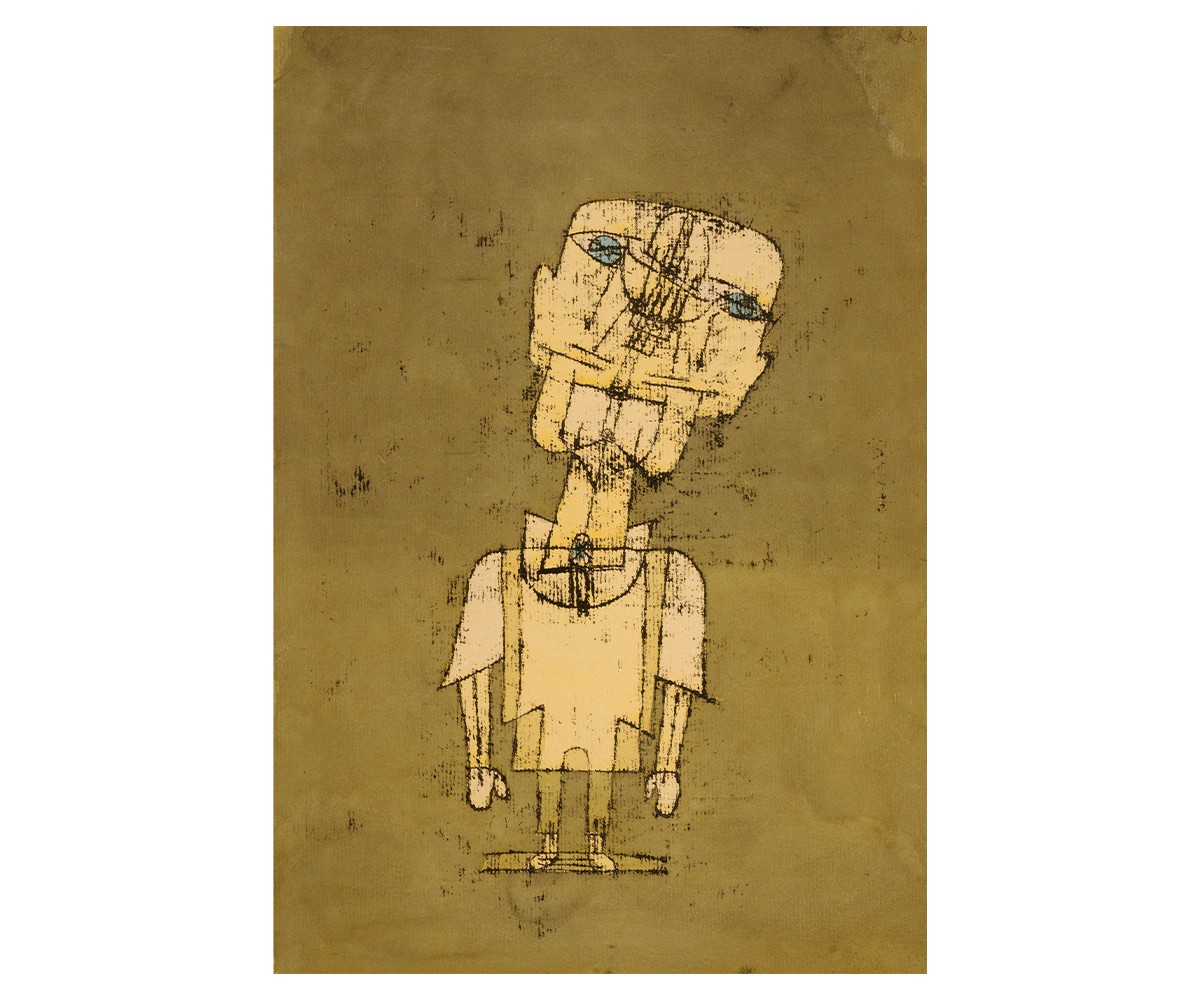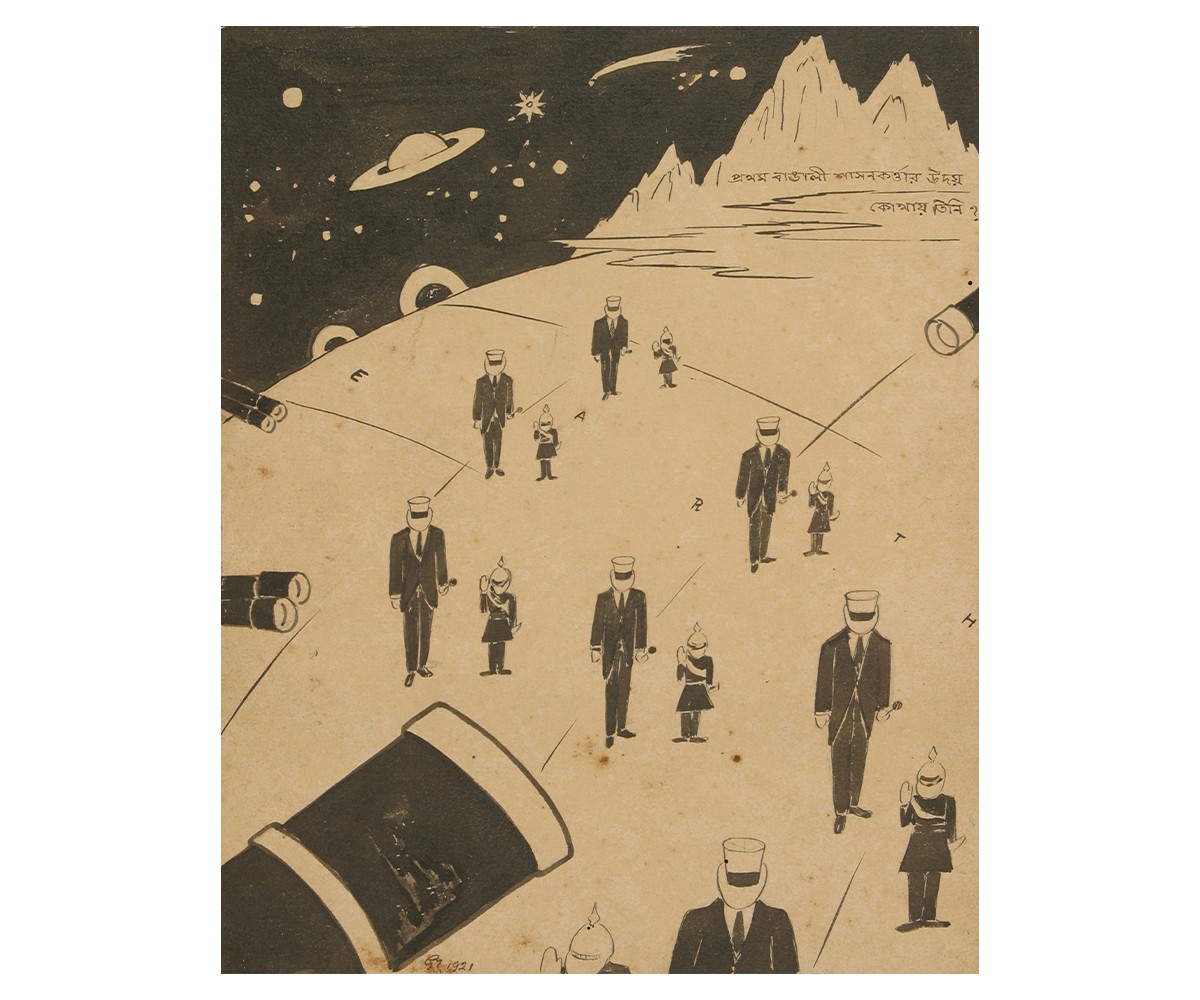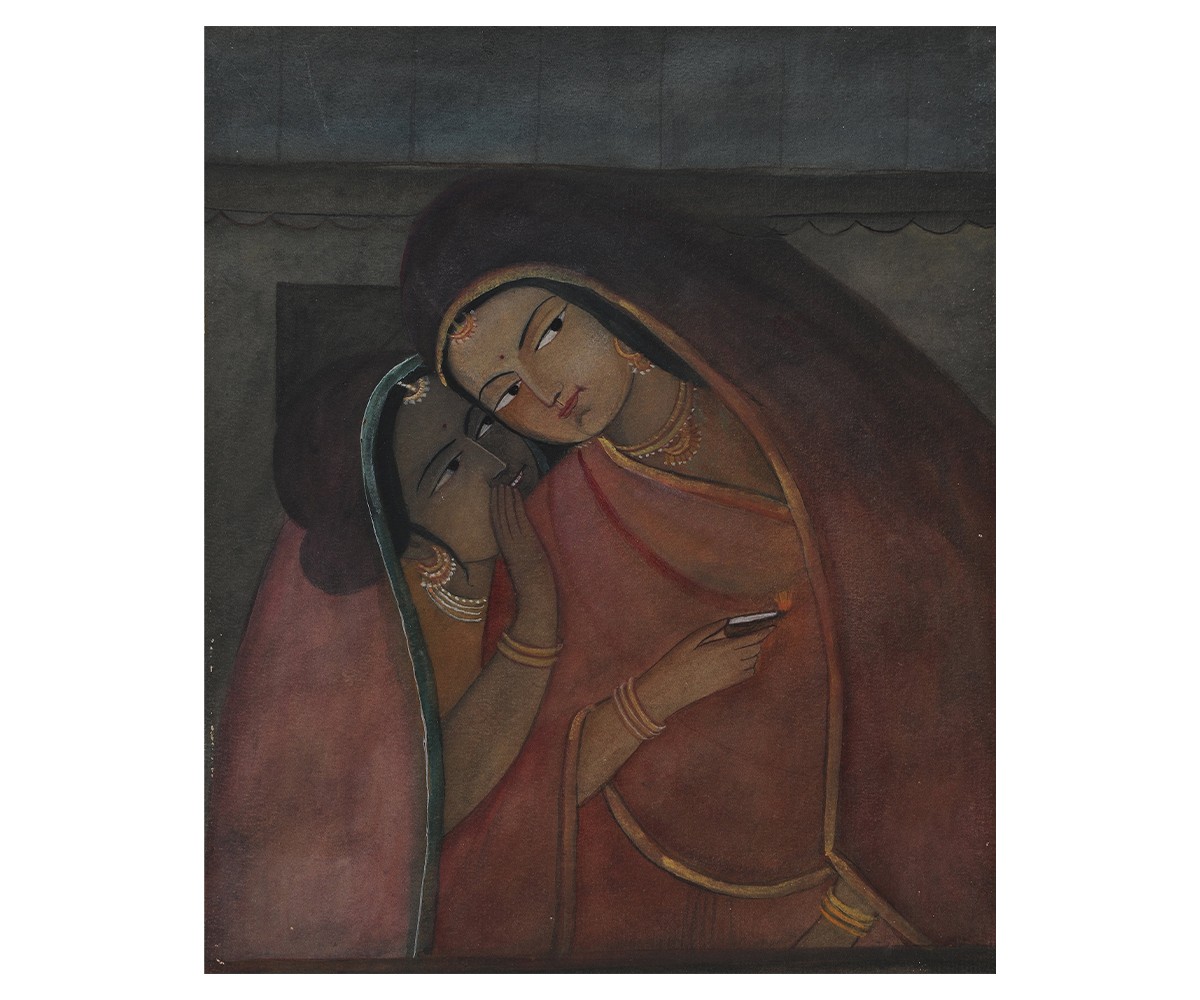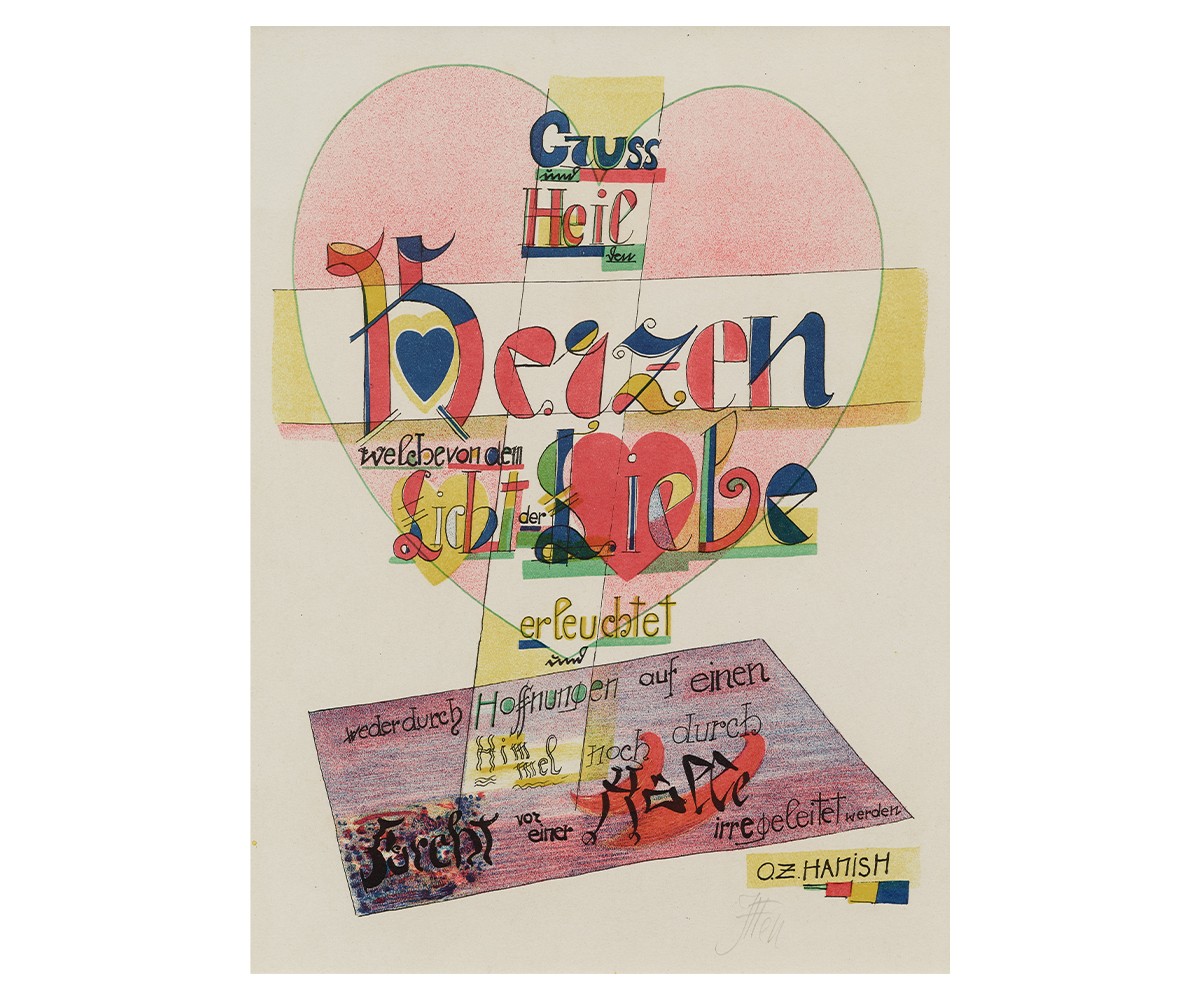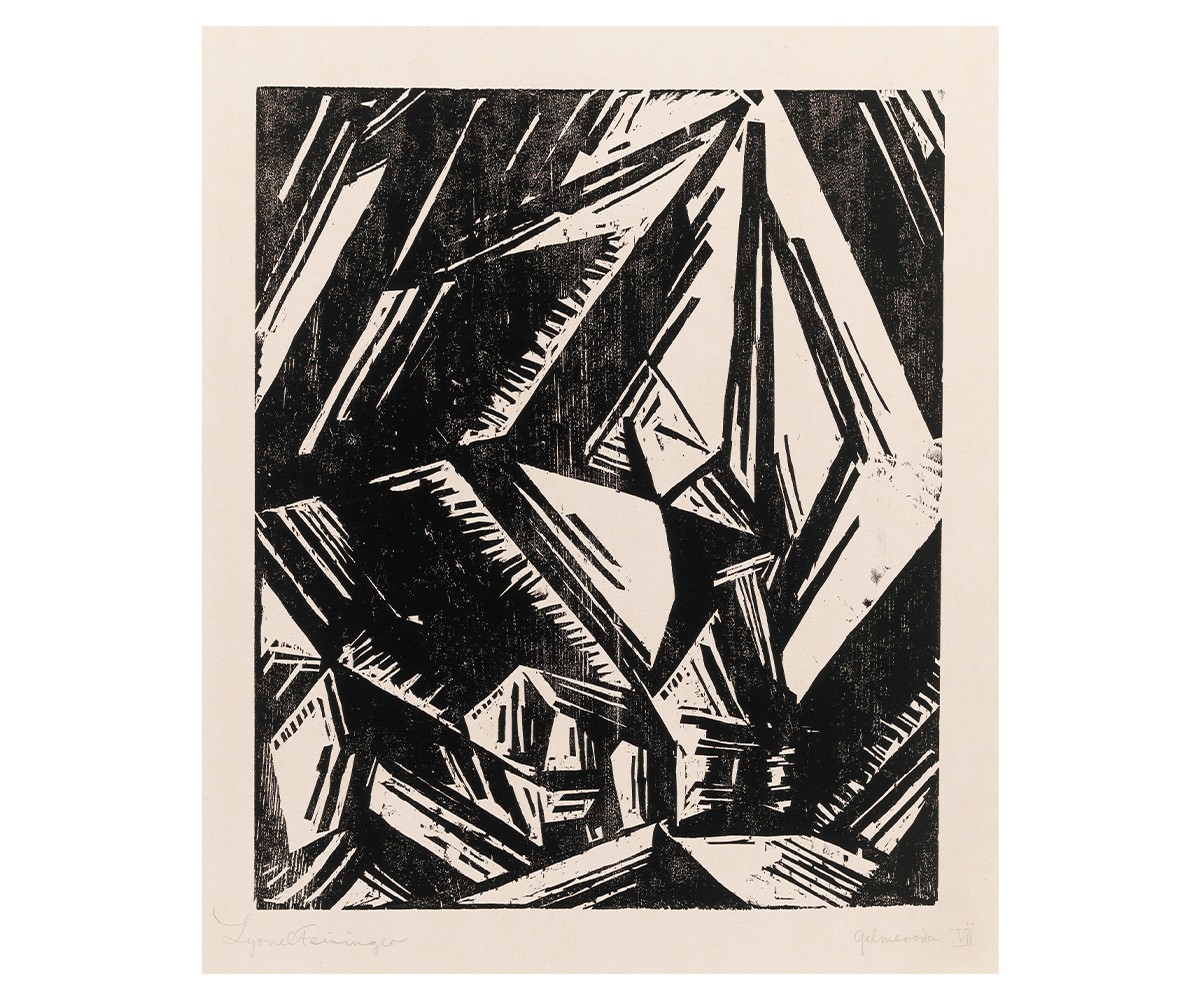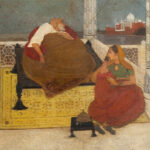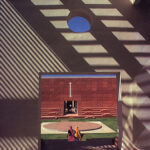The First Bauhaus Art Exhibition in Calcutta and the End of the Bengal School
1922
The first international exhibition of the Staatliche Bauhaus Weimar displays the works of Wassily Kandinsky, Paul Klee, Lyonel Feininger and Johannes Itten alongside the works of Indian artists including Nandalal Bose, Abanindranath Tagore, Sunayani Devi and Gaganendranath Tagore, associated with the Bengal School and Shantiniketan. The exhibition is a reflection of the two contemporaneous art schools facing similar issues. Whilst the Bauhaus is navigating the cultural world in the aftermath of World War I, the Kala Bhavana at Santiniketan is examining Indian art in the context of the politics of the period and with a view on internationalism associated with Rabindranath Tagore.
The waning influence of the Bengal School in the sphere of Indian art is seen not just in the establishment of artists’ centres outside Bengal but also in the ideas of Rabindranath Tagore and Amrita Sher-Gil who approach their art practices from hybrid perspectives, influenced by international art histories and practices.
Bibliography
Bittner, Regina, and Kathrin Rhomberg. The Bauhaus in Calcutta: An Encounter of the Cosmopolitan Avant-Garde. Ostfildern: Hatje Cantz, 2013.
Mitter, Partha. The Triumph of Modernism: India’s Artists and the Avant-Garde, 1922–47. New York: Reaktion Books, 2007.
Otto, Elizabeth. “Bauhaus and India.” Google Arts and Culture. Accessed October 24, 2023. https://artsandculture.google.com/story/bauhaus-and-india/cAXBuNF0R1tPNw?hl=en.
Feedback 
This entry appears in
Art in South Asia
Visit Timeline
Associated Timeline Events
First Published: March 11, 2024
Last Updated: August 5, 2024



